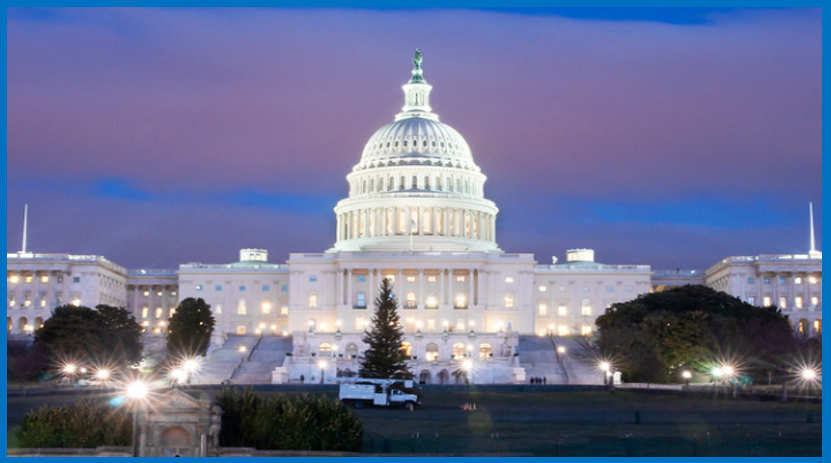The U.S. Senate on Tuesday failed for the 13th time to advance a government funding bill aimed at reopening federal agencies, prolonging a shutdown that has now entered its 29th day. The vote, which ended 54–45, fell short of the 60-vote threshold required to move the legislation forward, leaving critical services stalled and millions of Americans affected.
Ahead of the vote, Senate Majority Leader John Thune (R-SD) and Minority Leader Chuck Schumer (D-NY) addressed the chamber, each blaming the other side for the impasse. Thune urged Democrats to “stop holding federal workers hostage” and support the temporary funding measure, while Schumer criticized the bill’s lack of guarantees for healthcare spending and SNAP benefits, which are set to lapse by November 1.
The shutdown, now the second-longest in U.S. history, is days away from surpassing the 2018–2019 record of 35 days. According to estimates from the Congressional Budget Office (CBO) and independent analysts, the shutdown is costing the U.S. economy approximately $1.4 billion per week, with cumulative losses nearing $5.6 billion.
Key impacts include:
- Over 700,000 federal workers furloughed or working without pay
- SNAP benefits for 42 million Americans at risk of running out
- Air traffic control, food safety inspections, and national parks facing operational strain
- Legal challenges from 25 states and the District of Columbia over the administration’s plan to withhold food aid
Vice President JD Vance met with Senate Republicans earlier in the day and announced that the administration had found a way to pay military personnel by Friday, though no details were provided.
Despite mounting pressure from unions, state governments, and the public, the House remains out of session, and no bipartisan compromise has emerged. The shutdown’s economic and social toll continues to escalate, with analysts warning of long-term damage to public trust and institutional stability.
Sources:
U.S.-Senate-Capitol-Building- Picture-by-ajagendorf25



